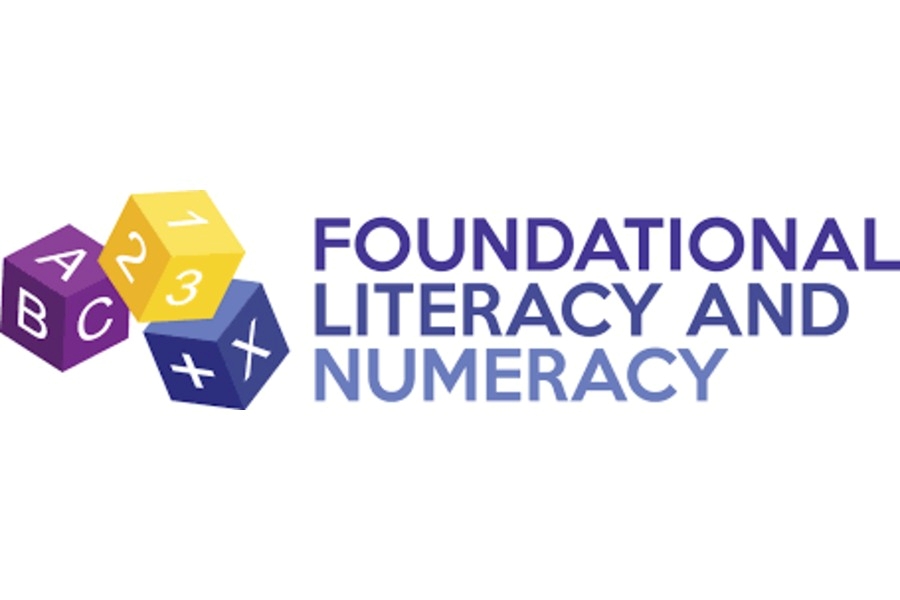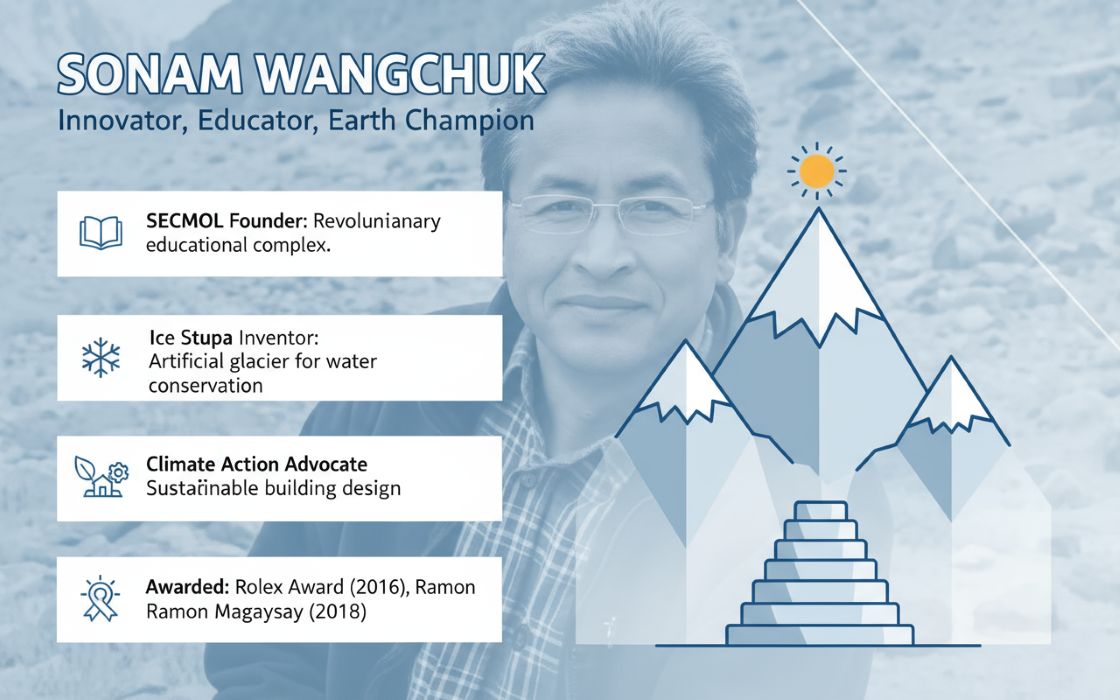New Delhi, June 21 - The recent amendment to India’s Foreign Contribution (Regulation) Act (FCRA), barring NGOs receiving foreign funds from publishing "news content", marks a significant tightening of the regulatory environment for civil society organisations. While the Ministry of Home Affairs (MHA) insists that this is aimed at protecting national interests and ensuring compliance with global standards like those of the Financial Action Task Force (FATF), the move has ignited a complex debate.
At its heart lies a critical question: Where does regulation end and censorship begin?
The Government’s Lens: Sovereignty and Security
From the government’s standpoint, the logic behind the amendment appears straightforward—prevent foreign-funded organisations from shaping public opinion under the guise of research or advocacy. With disinformation and foreign interference becoming global threats, it is not unreasonable for a sovereign state to scrutinise the flow of overseas funding into the public discourse space.
The FCRA has long acted as a gatekeeper of such flows, but the new requirement—that NGOs not publish news or current affairs content—broadens the scope of control to a new dimension: content regulation through financial compliance.
Supporters of the amendment argue that this is a necessary safeguard in an era where hybrid warfare, ideological influence, and “soft propaganda” are transacted through media-like channels—including research papers, social audits, and advocacy campaigns. For the government, the line between civil society reporting and politically motivated narrative-building is often too thin for comfort.
Civil Society’s Worry: Vagueness and Overreach
For NGOs, however, the implications are chilling. The amendment doesn’t define what constitutes “news content,” creating an environment of legal uncertainty. Could a village-level education NGO publishing a quarterly report with school attendance data fall under the purview of “news”? Would policy briefs, advocacy papers, or social media infographics—tools often used by organisations to raise awareness—be considered “current affairs”?
Many fear this will lead to pre-emptive self-censorship, particularly for smaller NGOs that lack legal teams to interpret or challenge ambiguous clauses. Even those not directly affected may begin limiting their publications, reducing transparency and hindering knowledge sharing—ironically undermining the very developmental goals they are trying to meet.
There is also the concern of discriminatory enforcement. Given the subjective nature of interpreting “news content,” enforcement could become selective, targeting organisations that publish critical commentary or evidence of policy failure.
Donor Dilemma: Rising Compliance Costs and Reputation Risks
The new norms also complicate matters for international donors. Increasing paperwork, shifting definitions, and regulatory uncertainty could make India a less attractive destination for philanthropic investments—especially for donors focused on governance, climate change, or human rights.
Moreover, the reputational risk of being associated with an FCRA-scrutinised NGO could deter support for innovative, field-based research or civic education initiatives. This may tilt funding toward service delivery projects, while rights-based work and systemic advocacy shrink—altering the character of the social sector itself.
Research and Journalism: A Blurred Boundary
India's research institutions and think tanks, many of which are registered as NGOs, also stand at a crossroads. Several publish regular commentary on public policy, economics, environmental issues, and legal reform. These outputs, though not "news" in the journalistic sense, could be interpreted as such under the new rules.
This raises troubling implications for academic freedom and the role of evidence in policymaking. If field research is stifled or discouraged, particularly in sectors like health, education, or tribal rights, data-driven decision-making could suffer.
There is also a growing blurring of lines between journalism, research, and advocacy. In a digital-first age, reports and research papers often reach audiences via news-like platforms or social media. The FCRA amendment may not fully account for this convergence, instead imposing an analogue-era rule in a digital communication landscape.
Democracy and Development: A Delicate Balance
At its core, the amendment raises the issue of who controls the narrative. In a vibrant democracy, multiple actors—including NGOs—play a role in holding power to account, documenting lived realities, and amplifying voices from the margins. Curtailing these functions in the name of financial regulation, without adequate safeguards or clarity, risks damaging the very democratic fabric that India has long taken pride in.
Furthermore, from a sustainable development perspective, grassroots insights are critical to ensure that development is inclusive, participatory, and accountable. Sanitising or muting those voices could lead to a widening gap between policy and ground realities.
The Way Forward: Need for Nuanced Governance
The FCRA amendment reflects a legitimate concern about the misuse of foreign funding. But regulation must be balanced with proportionality, clarity, and procedural fairness. The absence of clearly defined terms, mechanisms for appeal, or a space for civil society consultation in the drafting of such rules undermines trust in the regulatory process.
Policymakers must consider:
- Creating a clear, legally bounded definition of “news content” under FCRA;
- Differentiating between journalistic activity and evidence-based research or education;
- Consulting stakeholders before implementing broad rules that affect thousands of development organisations;
- Introducing a redressal mechanism to appeal adverse decisions without delay or opacity.
Conclusion: A Sector Under Pressure
India’s civil society has shown remarkable resilience and innovation over decades, often bridging the gap between policy intent and social impact. The new FCRA rules risk narrowing this bridge at a time when the country faces multifaceted challenges—from climate change and public health to education and gender equity.
The amendment may be positioned as a technical compliance requirement, but its real-world impact is political, operational, and developmental. As NGOs scramble to review their content and communications, one truth remains: restricting the sector’s voice—intentionally or otherwise—will only reduce the flow of information from social sector stakeholders and development sector.




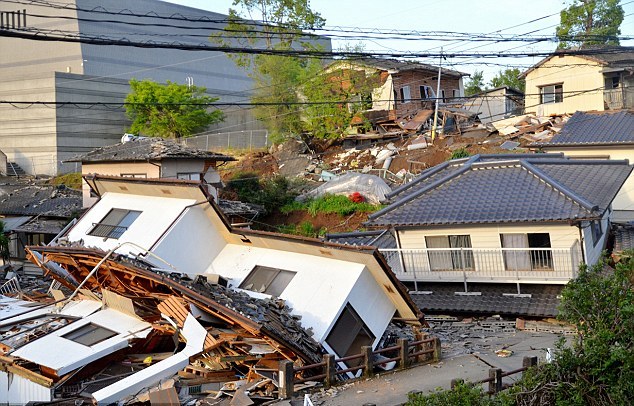
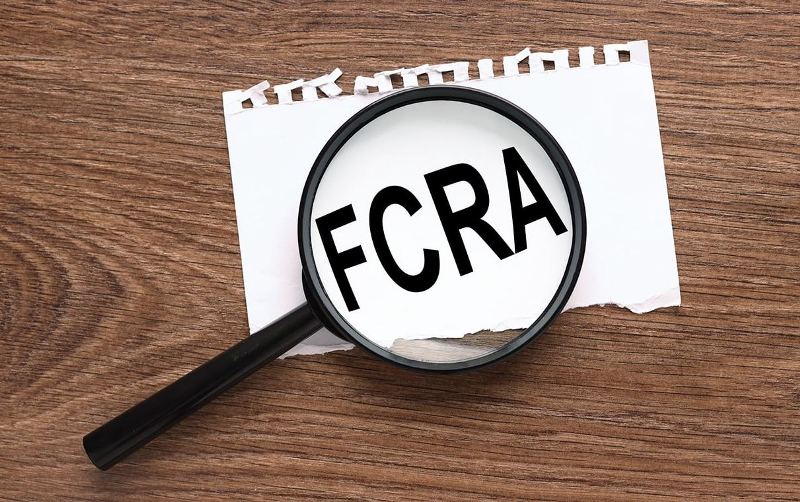
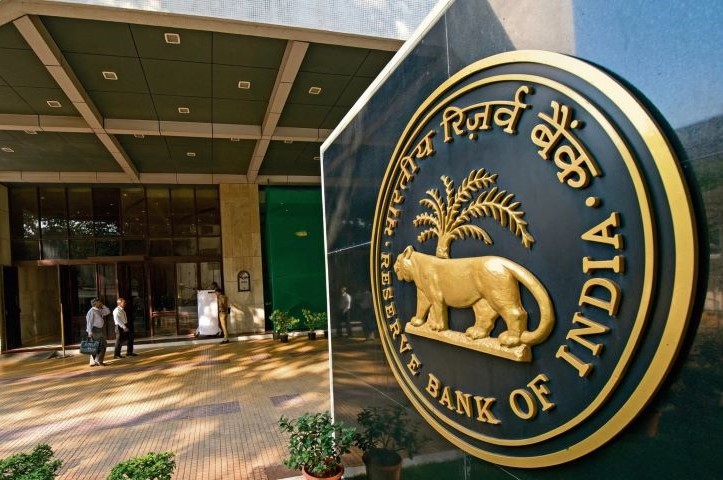

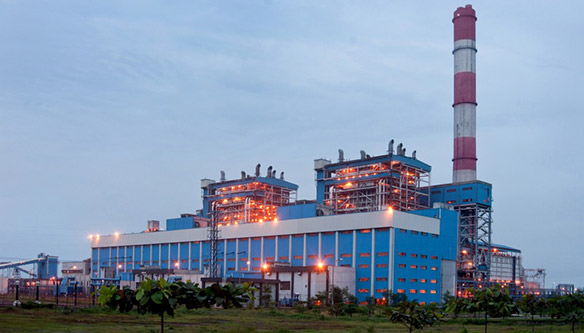

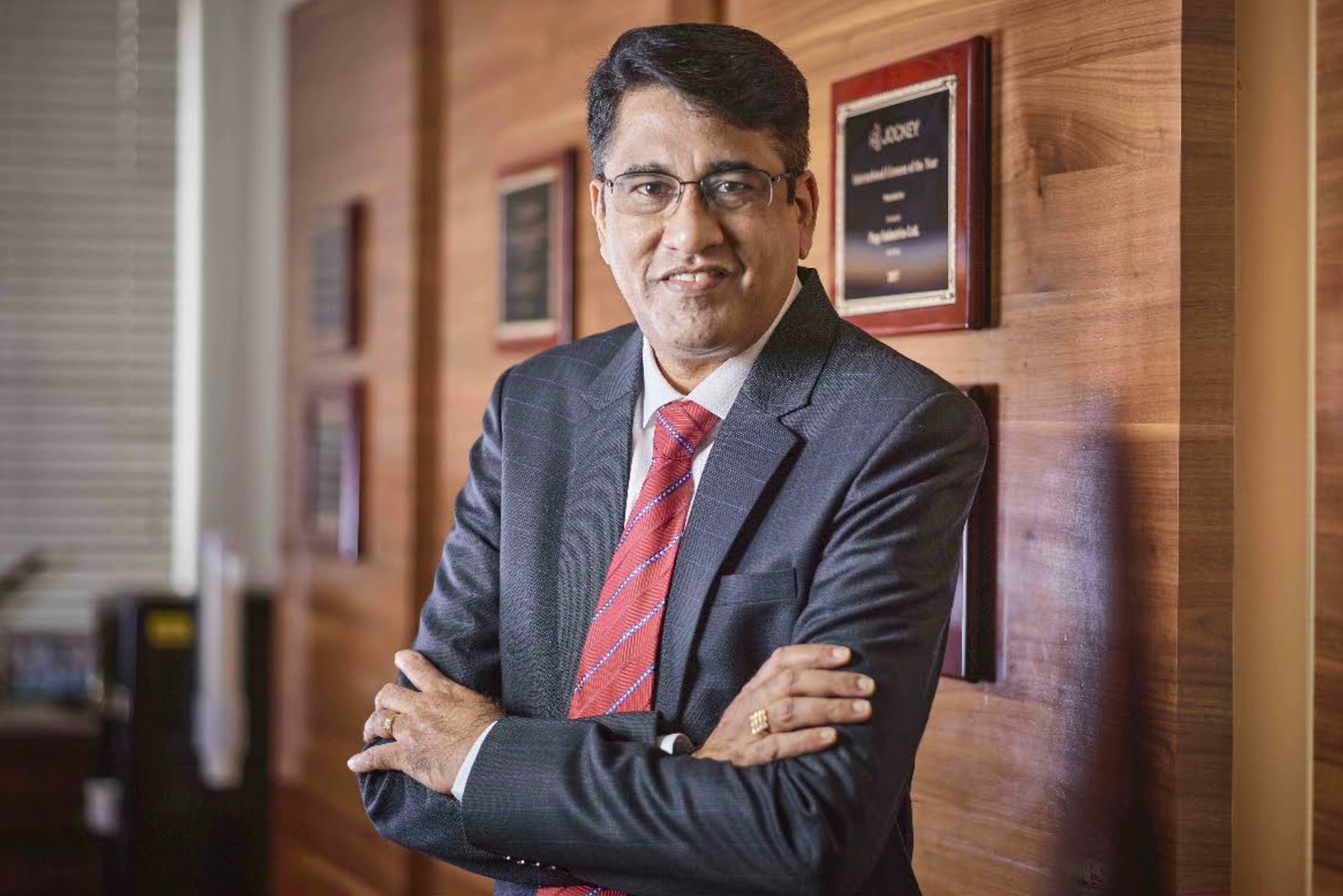


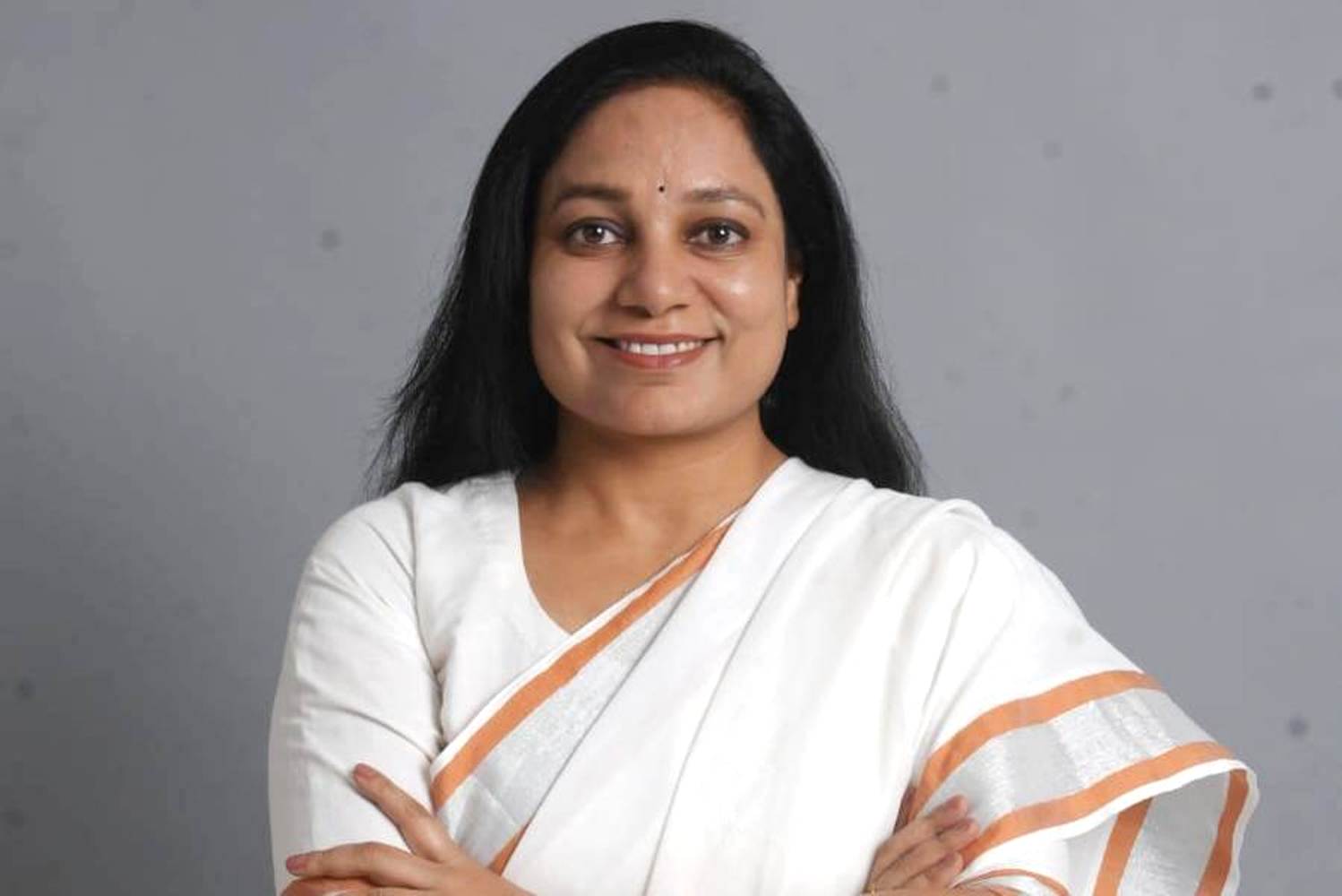
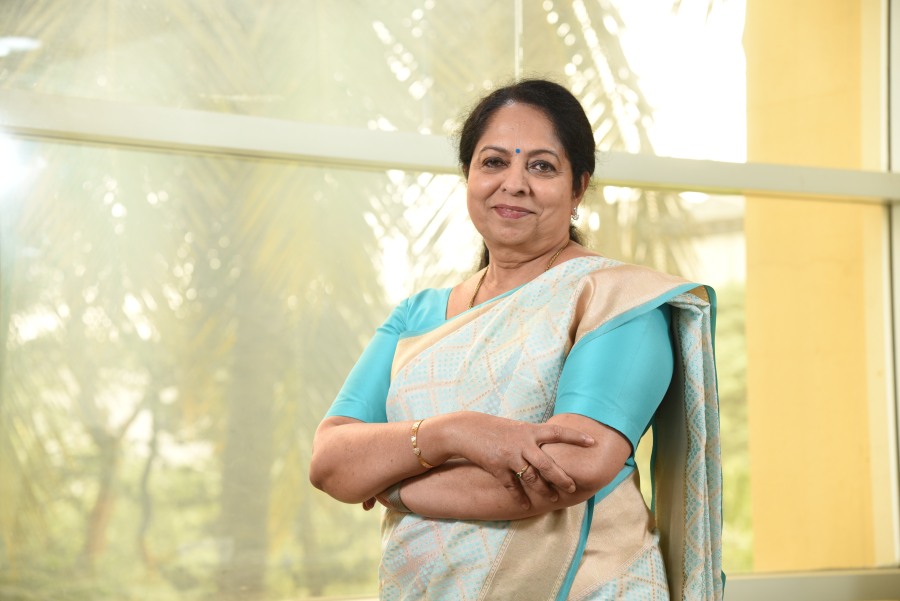
.jpg)
